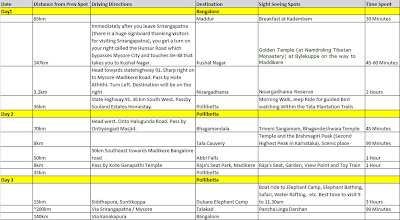Order Statistics: Example using Python
The example below illustrates how to apply order statistics to a column in excel.
Order Statistics are basically to find the minimum, maximum and range of an array or set of data.
The program assumes that the 2nd column of the "details" worksheet in "marks.xls" workbook has marks obtained in Math by the students of a class.
The program assumes that the 2nd column of the "details" worksheet in "marks.xls" workbook has marks obtained in Math by the students of a class.
-----------
from openpyxl import load_workbook import numpy as np # File being read is marks.xlsxwb = load_workbook(filename = 'marks.xlsx') sheet = wb['details'] # Finding no of rows and columns in the sheetrows = sheet.max_row columns = sheet.max_column matharr = np.ndarray(rows-1) # reading the values of a column to numpy array to be able to compute order statisticsfor i in range(2, rows+1): matharr[i-2] = sheet.cell(row = i, column = 2).value print("Minimum of the array") print(np.amin(matharr))print("Minimum of the array excluding NaN (Not a Number) values") print(np.nanmin(matharr))print("maximum of the array") print(np.amax(matharr))print("maximum of the array excluding NaN (Not a Number) values")print(np.nanmax(matharr))print("Range of values (maximum - minimum)") print(np.ptp(matharr))

Comments
Post a Comment